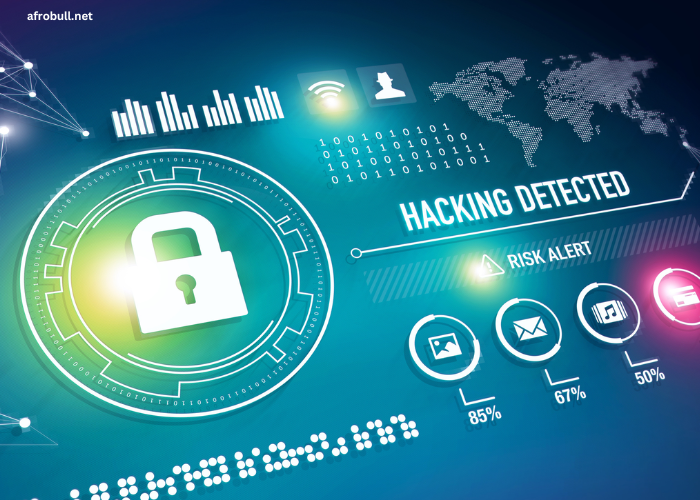In today’s interconnected world, safeguarding digital assets has become an essential part of both personal and professional life. Cyber threats are evolving rapidly, and individuals, businesses, and governments must stay ahead of the curve to protect sensitive information. Here are some practical cybersecurity tips to help you protect your digital assets effectively.
1. Use Strong and Unique Passwords
A strong password is the first line of defense against cybercriminals. Use a combination of uppercase and lowercase letters, numbers, and special characters. Avoid using easily guessable information such as birthdays or names. Additionally, use unique passwords for each of your accounts to prevent a breach in one account from compromising others.
2. Enable Multi-Factor Authentication (MFA)
Multi-factor authentication adds an extra layer of security by requiring more than just a password to access your account. It often includes something you know (a password), something you have (a smartphone or security token), or something you are (biometric data). Enabling MFA significantly reduces the risk of unauthorized access.
3. Keep Software Updated
Outdated software is a common target for cybercriminals. Ensure that your operating system, applications, and security software are updated regularly. Many updates include patches for newly discovered vulnerabilities, making it crucial to keep everything current.
4. Use Antivirus and Anti-Malware Tools
Reliable antivirus and anti-malware software provide an essential layer of defense against malicious threats. Regularly scan your devices for potential risks and ensure the software’s definitions are up to date.
5. Be Cautious with Public Wi-Fi
Public Wi-Fi networks are convenient but often lack proper security measures, making them attractive targets for hackers. Avoid accessing sensitive accounts or transmitting confidential information while connected to public Wi-Fi. If necessary, use a Virtual Private Network (VPN) to encrypt your internet connection.
6. Regularly Backup Your Data
Data loss can occur due to cyberattacks, hardware failures, or accidental deletions. Regularly back up your data to secure locations such as external drives or cloud storage. Ensure that your backups are encrypted and tested for reliability.
7. Recognize Phishing Attempts
Phishing emails and messages are designed to trick you into revealing sensitive information or clicking on malicious links. Be cautious of unsolicited messages, and verify the sender’s authenticity before responding. Look for signs such as generic greetings, urgent requests, or mismatched URLs.
8. Limit Permissions and Access
Only grant permissions and access to individuals who genuinely need them. For businesses, implementing role-based access controls can minimize the risk of internal and external threats. Regularly review permissions and revoke unnecessary access.
9. Secure Your IoT Devices
The Internet of Things (IoT) connects everyday devices to the internet, increasing potential entry points for cyberattacks. Change default passwords, update firmware regularly, and disable unnecessary features to enhance security.
10. Educate Yourself and Your Team
Cybersecurity awareness is vital for preventing mistakes that could lead to security breaches. Stay informed about the latest threats and best practices. For businesses, provide regular training sessions to employees to foster a culture of cybersecurity vigilance.
Final Thoughts
Protecting digital assets is a continuous process that requires vigilance, education, and the use of robust tools. By implementing these cybersecurity tips, you can significantly reduce the risk of cyberattacks and safeguard your sensitive information. Remember, in the digital age, proactive protection is the best defense against evolving cyber threats.

